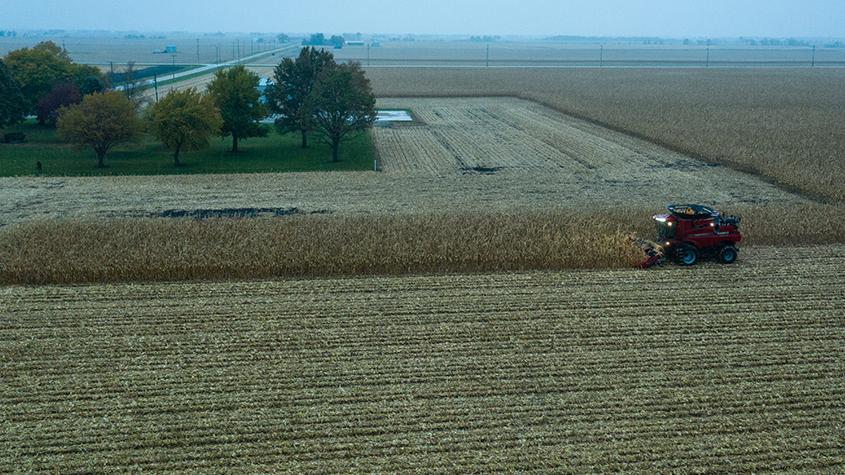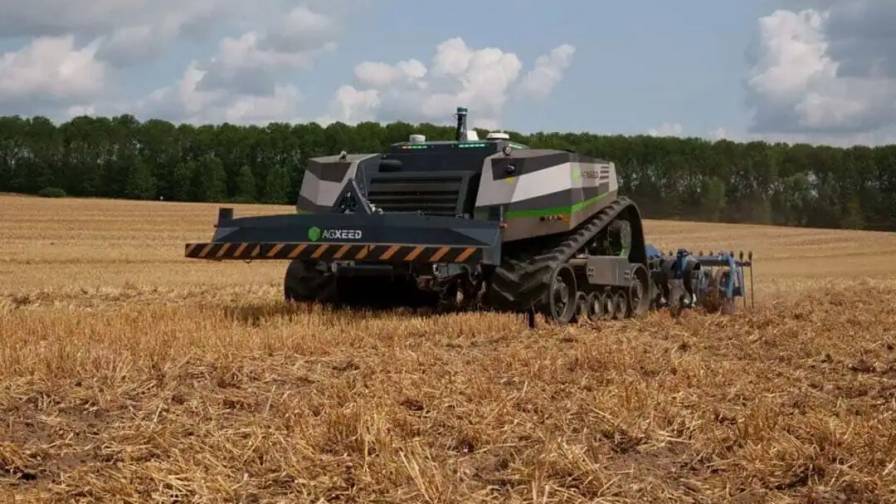How One Project Put Four Ag Technologies to the Test

Bill McDonnell of Syngenta harvests corn at the Farm of the Future near Ottawa, IL, as part of a test of a soil probe that measures the efficacy of nitrogen applications.
Last year, Syngenta partnered with representatives from four technology companies to test their new devices on commercial farms in Illinois as part of Project Bin Buster, writes Ann Behling Wolf at Thrive.
“We wanted to know whether or not these technologies would bring value to our company, our growers or both,” says Bill McDonnell, digital ag solutions lead for Syngenta. He also oversees the company’s Farm of the Future, 152 acres of land near Ottawa, IL, where crop production experts evaluate innovative yield-enhancement tools using the Project Bin Buster protocol.
In 2020, the Bin Buster project stretched across nearly 400 acres over five farms, including the Farm of the Future — three in west-central Illinois and two farther north. Each of the five fields in the project were approximately the same size and planted with the identical replicated trials that included a base rate of nitrogen.
The project put four new technologies, produced by different companies (Scanit Technologies, Rantizo, Teralytic, and Arable), through their paces.
MORE BY SYNGENTA
Truterra, Syngenta Form Tech-Based Alliance to Enhance Stewardship Practices for Growers
Technology Monitors Airborne Plant Pathogens
California-based Scanit Technologies provided its new instrument, the SporeCam 100 Sensor, for testing. Equipped with a cassette that runs a sticky tape, the sensor can collect, identify and report the presence of harmful airborne plant pathogens and deliver that data electronically both hourly and daily, according to Glenn Wanke, the company’s chief commercial officer.
The sensor, which also collects weather data, was calibrated to collect gray leaf spot and northern corn leaf blight spores, but it also caught thousands of southern corn rust spores.
“Going forward, if we can put these out in strategic areas and they work, they’ll provide real-time information for making chemical-application decisions,” says Brad Koch, a Syngenta agronomist and corn, soybean and wheat farmer near Quincy, IL, who oversaw the project on the three farms in his area. “For example, if we can accurately predict southern corn rust and treat it accordingly, growers could see a 20 to 30 bushel per acre yield increase.”









